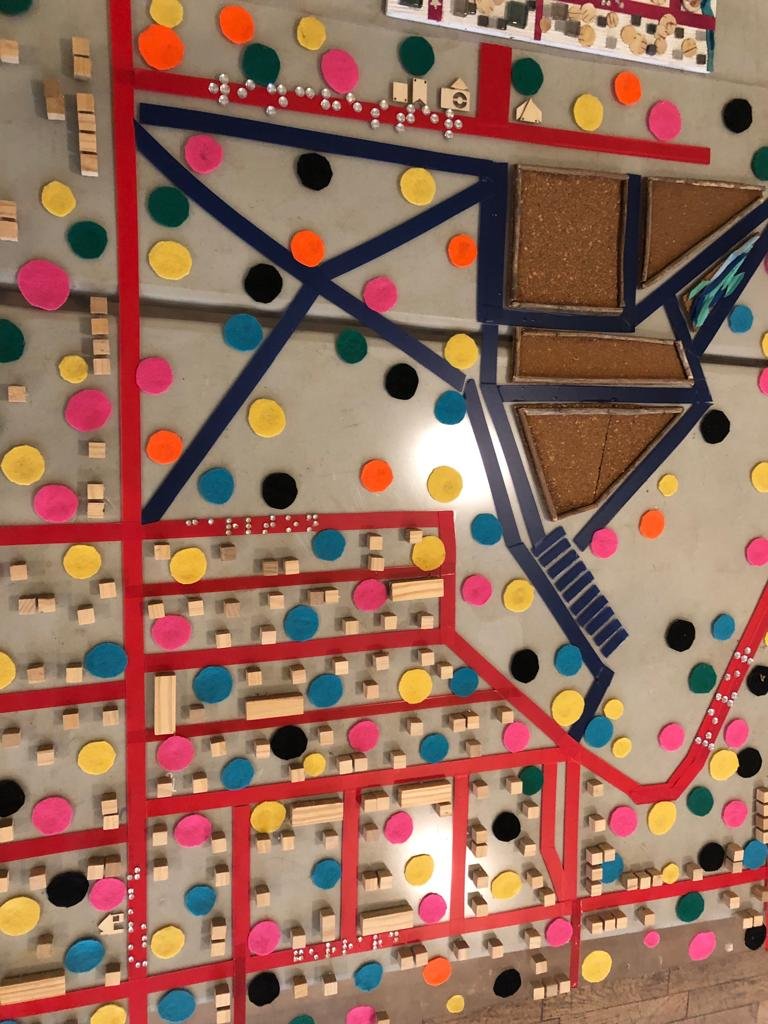Failing Better in Access
We are interviewing up to 20 adult participants with disabilities who visited an accessibility or disability-focused public event, in order to review their experiences of the event; commenting on the accessibility of the event(s), as well as the feedback mechanisms available at the event(s). We hope to use this data to communicate with cultural planners and staff why accessibility is important and how even small access interventions can help people with disabilities feel more welcome at public events.
The objective of the Failing Better in Access project is to work directly with people with disabilities to develop a toolkit which will support proactive accessibility planning for arts-based community events and cultural planning. Access solutions for people with disabilities at public events can communicate that people with disabilities are welcome and that their needs are not a burden. While we may never be able to create a perfectly accessible space at all times, we can try to “fail the best we can” in pursuit of it.
As planning researchers, we know that investments in cultural spaces and activities can contribute to a greater sense of wellbeing and belonging for the residents, as they are essential sites for place-making and community building. We have been interviewing adult participants with disabilities who visited a disability-focused event, in order to review their experiences of the event; commenting on the accessibility of the event(s), as well as the feedback mechanisms available at the event(s). The quality of built environments are directly impacted by who has access to planning and design processes. We want to understand the experiences of people with disabilities at events to better inform public engagement processes and quality in the built environment.
We are currently recruiting for this project.
Principal Investigator: Samantha Biglieri (TMU)
Collaborators: STEPS Public Art, the Disability Collective
Project Lead: Justine Bochenek
Photo of a tactile map, designed and constructed by Anna Camilleri of Redefine Arts. The map, designed to be pleasing to touch, represents Cabbagetown in Toronto. Felt circles for trees, ribbons for roads, wooden blocks for buildings, and the street names spelt out in braille are gemstones.

